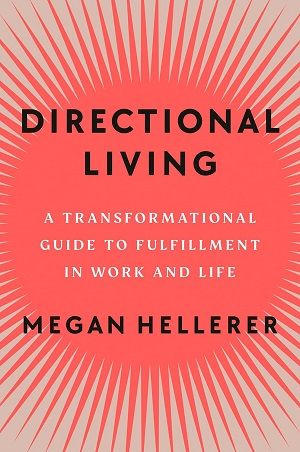
Directional Living: A Transformational Guide to Fulfillment in Work and Life by Megan Hellerer
Underfulfilled Overachievers (UFOAs) are described as the folks who followed the “right” path and went to a university with a lot of prestige. UFOAs earned top grades, got that degree, might have even gone to graduate school and got those degrees as well. The UFOAs then secured the career, got the promotion, got the next promotion, and are at the top of their game. They have accolades showered on them, are receiving all the gold stars, and they’re hitting every goal, which may include life goals. They bought the house or the condo they think they should have, and have the spouse and kids they think they should have. If they don’t, they have a very precise plan of when they are expecting to have the kids, or if they are childfree, maybe they’re the rich auntie with the high salary.
UFOAs are primarily women, and they’ve achieved all the achievements yet are deeply dissatisfied with their lives. The author herself had what she thought of as the perfect job at Google and yet found herself, at the office, crying on the bathroom floor. An UFOA usually has a certain amount of privilege as well so while some of what is in this book isn’t for everyone, a lot of it definitely resonated. The author shares her own story and stories of some of the women she has coached, most notably coaching Rep. Alexandria Ocasio-Cortez from being a bartender to becoming a member of Congress.
Hellerer says that UFOAs are focused on “destinational” living, that is, there is a big goal in sight and then they reverse-engineer all the right steps to take to get there. When they get there, they often realize that it’s not what they want; however, they don’t actually know what they want. Cue crying on the bathroom floor. Hellerer, instead, coaches people toward directional living, which involves letting go of trying to have all the future moves figured out and only focusing on what the immediate next step should be. I appreciate this in particular because it’s something I write about in my own work. She uses the analogy of driving at night when it’s completely dark and you only have headlights to drive by. You can’t see ten miles in front of you. You can only see what is directly ahead and yet you drive with that knowledge and still get to your destination.
This book includes exercises to help you on your way so it isn’t just a “read it and you’re on your own” primer. The exercises are intended to be returned to and repeated throughout your journey.

